Home>Gardening & Outdoor>Landscaping Ideas>What Does Gypsum Do For Lawns
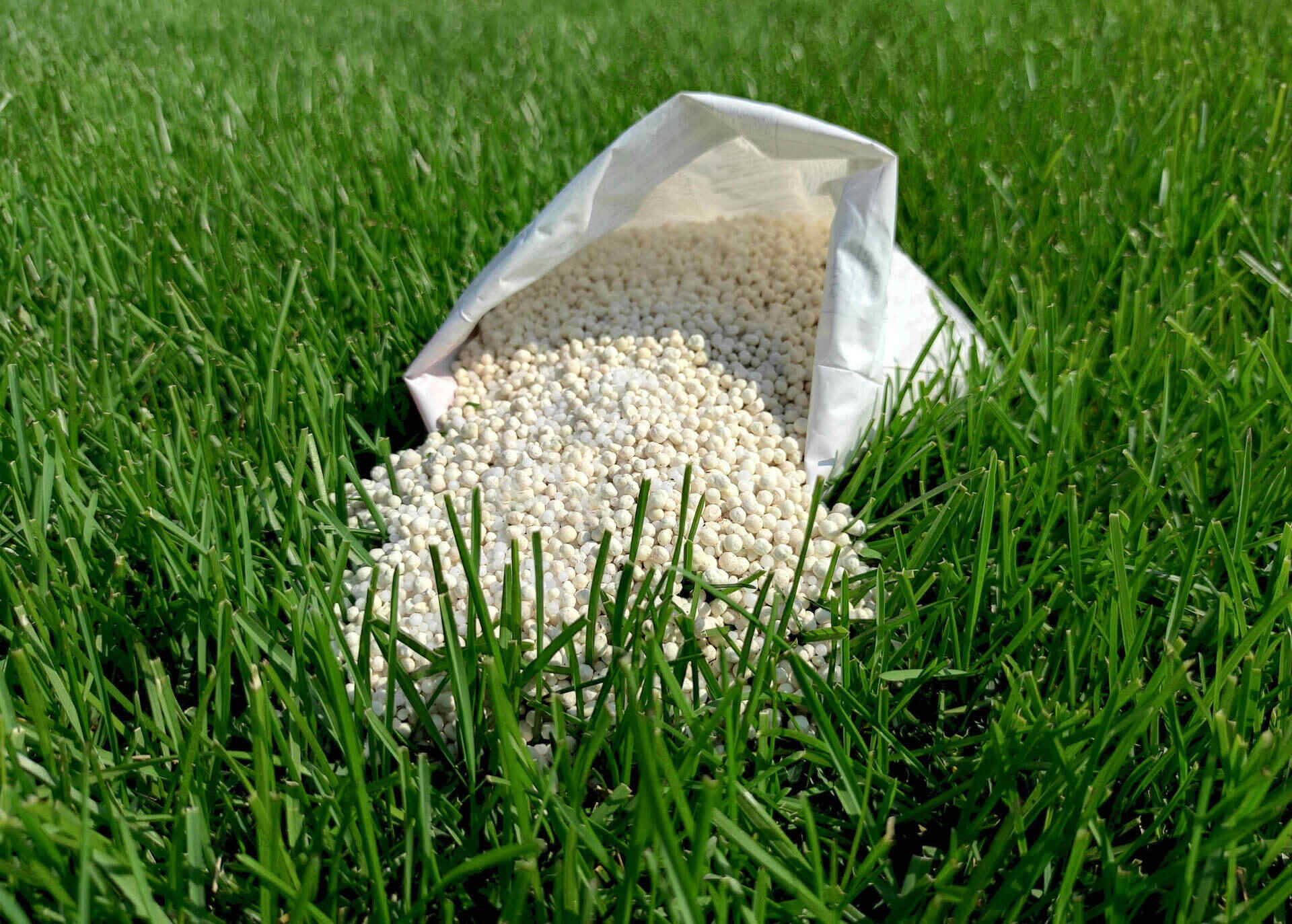

Landscaping Ideas
What Does Gypsum Do For Lawns
Published: December 25, 2023
Discover the benefits of using gypsum for your lawn with our expert landscaping ideas. Learn how gypsum can improve soil structure and promote healthy grass growth.
(Many of the links in this article redirect to a specific reviewed product. Your purchase of these products through affiliate links helps to generate commission for Storables.com, at no extra cost. Learn more)
Introduction
Welcome to the world of lawn care, where the health and vibrancy of your grass are paramount. As a homeowner, you understand the importance of maintaining a lush, green lawn that enhances your property’s beauty and creates a welcoming outdoor space. To achieve this, you may find yourself exploring various lawn care practices and products, including the use of gypsum. In this comprehensive guide, we will delve into the role of gypsum in lawn maintenance, uncovering its benefits and providing insights into its application. Whether you’re a seasoned lawn care enthusiast or a newcomer to the art of nurturing green spaces, understanding the impact of gypsum on your lawn is key to achieving the verdant, thriving grass you desire.
Key Takeaways:
- Gypsum improves soil structure, water infiltration, and supplies essential nutrients for a lush, resilient lawn. Applying gypsum during the growing season and monitoring its effects ensures a thriving outdoor space.
- By using gypsum, you can create a healthy, visually stunning lawn that enhances your property’s beauty and fosters a vibrant outdoor experience. Proper application and ongoing monitoring are key to harnessing gypsum’s benefits for your grass.
Read also: 15 Amazing Gypsum For Lawns For 2024
What Is Gypsum?
Gypsum, a naturally occurring mineral, is a soft sulfate mineral composed of calcium sulfate dihydrate. This versatile substance has a long history of use in agriculture and landscaping due to its unique properties and beneficial effects on soil and plants. Gypsum is formed through the evaporation of ancient seas, and its deposits can be found in various parts of the world. In its natural state, gypsum is a white or colorless mineral that often appears as translucent crystals or fine powder.
One of the remarkable characteristics of gypsum is its solubility in water, which allows its essential components, calcium and sulfur, to be readily absorbed by plants and soil. This solubility makes gypsum an excellent soil amendment, capable of addressing specific challenges that may hinder the health and growth of your lawn.
Furthermore, gypsum is known for its ability to improve soil structure and tilth. When applied to compacted or clay soils, gypsum works its magic by loosening the soil, promoting better aeration, and enhancing water penetration. By addressing soil compaction, gypsum creates an environment that is conducive to healthy root development and overall plant growth. Additionally, gypsum plays a crucial role in mitigating the harmful effects of sodium in the soil, making it a valuable tool for remedying sodic soils that can impede the growth of your lawn.
Benefits of Gypsum for Lawns
When it comes to nurturing a thriving lawn, gypsum offers a range of benefits that can significantly impact the health and appearance of your grass. Understanding these advantages can empower you to make informed decisions about incorporating gypsum into your lawn care regimen.
- Improves Soil Structure: Gypsum plays a pivotal role in enhancing soil structure by reducing compaction and promoting better aeration. This creates an optimal environment for root growth and allows grassroots to access essential nutrients and moisture more effectively.
- Enhances Water Infiltration: By loosening compacted soil, gypsum facilitates improved water penetration and reduces surface runoff. This helps prevent waterlogging and promotes the efficient utilization of water by the grass roots, leading to healthier and more resilient turf.
- Amends Sodic Soils: Sodic soils, characterized by high levels of sodium, can hinder plant growth and lead to poor soil structure. Gypsum effectively mitigates the detrimental effects of sodium, restoring the soil’s balance and creating a more favorable environment for healthy grass growth.
- Supplies Essential Nutrients: Gypsum is a valuable source of calcium and sulfur, both of which are crucial for plant development. These essential nutrients contribute to the overall health and vigor of the grass, promoting lush, green growth and improved resilience to environmental stressors.
- Reduces Soil Erosion: By aiding in soil structure improvement and water infiltration, gypsum helps minimize the risk of soil erosion. This is particularly beneficial for lawns located on slopes or areas prone to runoff, as it helps maintain the integrity of the soil and prevents the loss of valuable topsoil.
By harnessing these benefits, gypsum serves as a valuable ally in your quest for a vibrant, resilient lawn. Its multifaceted contributions to soil health and plant growth make it a versatile and effective tool for enhancing the overall well-being of your grass, setting the stage for a lush and inviting outdoor space.
Applying gypsum to your lawn can help improve soil structure, reduce compaction, and enhance water penetration, leading to healthier and greener grass.
How to Apply Gypsum to Your Lawn
Now that you’re acquainted with the myriad benefits of gypsum for your lawn, it’s essential to understand the best practices for applying this valuable soil amendment. The process of applying gypsum is relatively straightforward, but attention to detail and proper timing can maximize its effectiveness in nurturing a healthy, thriving lawn.
Before applying gypsum, it’s advisable to conduct a soil test to assess the specific needs of your lawn. This analysis can provide valuable insights into the soil’s composition, pH levels, and nutrient deficiencies, guiding you in determining the appropriate amount of gypsum to apply.
Once you’ve determined the need for gypsum application, the following steps can guide you through the process:
- Choose the Right Product: Select high-quality gypsum products from reputable sources, ensuring that the material is finely ground for optimal dispersion and effectiveness.
- Timing Is Key: The best time to apply gypsum is during the growing season when the grass is actively taking up nutrients. Early spring and early fall are often recommended, as these periods coincide with increased root activity and nutrient uptake by the grass.
- Spread Evenly: Use a spreader to apply gypsum evenly across the lawn, ensuring thorough coverage. This helps prevent localized concentration and promotes uniform soil amendment throughout the entire area.
- Water the Lawn: Following gypsum application, irrigate the lawn to help the mineral penetrate the soil and initiate the process of enhancing soil structure and nutrient availability. Adequate watering is crucial for activating gypsum’s beneficial effects.
- Monitor and Adjust: Regularly monitor the condition of your lawn and observe any changes in soil structure, water infiltration, and grass health. Based on these observations, you can adjust the frequency and quantity of gypsum applications to maintain optimal soil conditions and support robust turf growth.
By following these steps and incorporating gypsum into your lawn care routine, you can harness its soil-enhancing properties to promote the vitality and resilience of your grass. With proper application and ongoing monitoring, gypsum can contribute to the long-term health and beauty of your lawn, creating an inviting outdoor space for relaxation and enjoyment.
Conclusion
As you embark on the journey of nurturing a vibrant and resilient lawn, the role of gypsum emerges as a valuable ally in your quest for lush, healthy grass. From improving soil structure and water infiltration to remedying sodic soils and supplying essential nutrients, gypsum offers a host of benefits that can elevate the health and appearance of your lawn.
By integrating gypsum into your lawn care regimen and following best practices for its application, you can create an environment that fosters robust root development, efficient nutrient uptake, and enhanced resilience to environmental stressors. The result is a verdant, inviting lawn that serves as a focal point of natural beauty and a source of pride for your property.
As you witness the transformative effects of gypsum on your lawn, remember to embrace ongoing monitoring and adjustment, ensuring that your grass continues to thrive in the enriched soil. By nurturing your lawn with the support of gypsum, you are not only cultivating a visually stunning outdoor space but also fostering a healthy ecosystem that enhances the overall well-being of your property.
In the world of lawn care, the impact of gypsum extends far beyond the soil—it permeates the very essence of your outdoor sanctuary, creating a haven of natural beauty and tranquility. With gypsum as your trusted companion, your vision of a vibrant, resilient lawn becomes a reality, enriching your outdoor experience and inviting moments of joy and relaxation in the embrace of nature’s splendor.
Frequently Asked Questions about What Does Gypsum Do For Lawns
Was this page helpful?
At Storables.com, we guarantee accurate and reliable information. Our content, validated by Expert Board Contributors, is crafted following stringent Editorial Policies. We're committed to providing you with well-researched, expert-backed insights for all your informational needs.

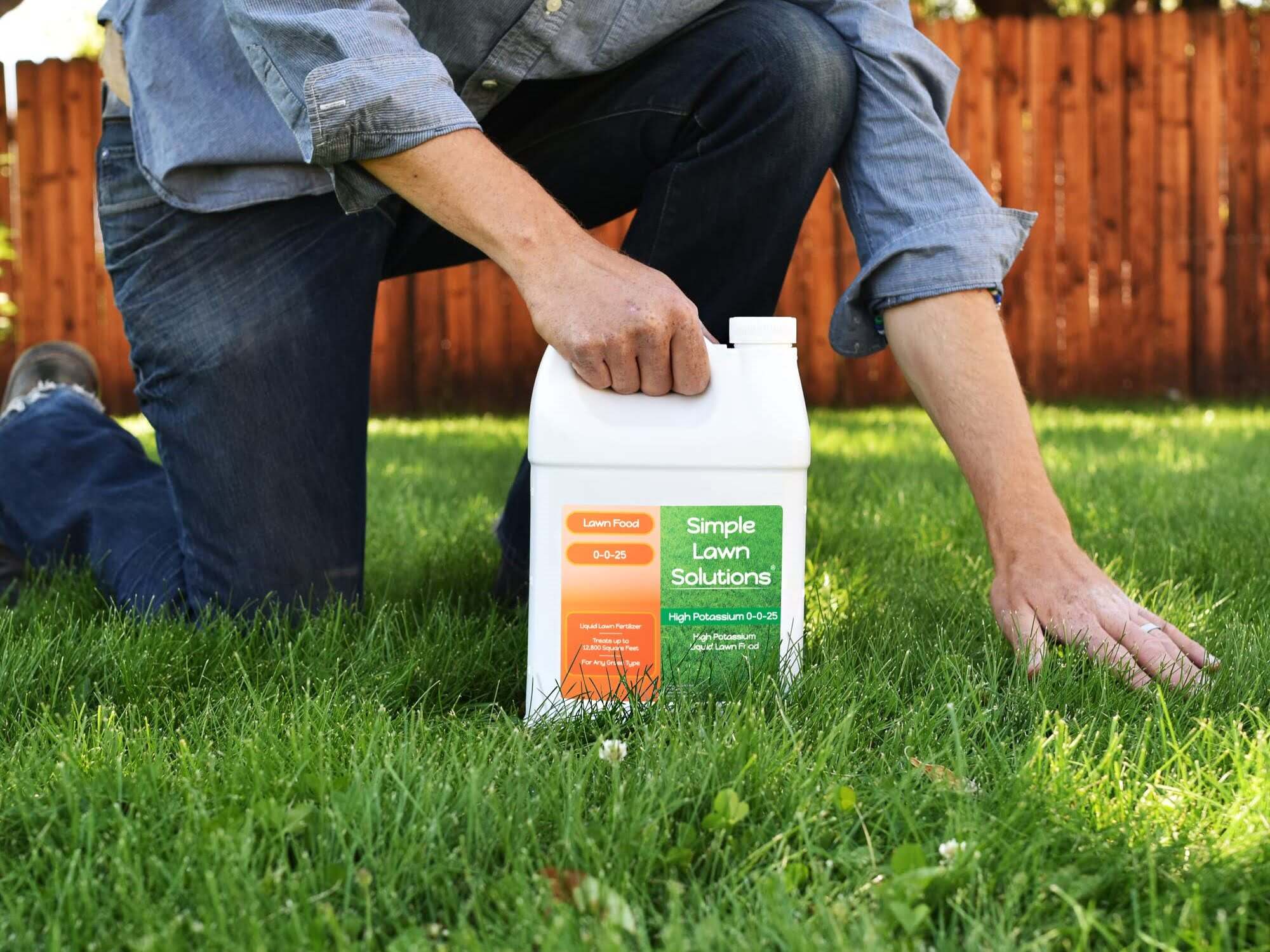
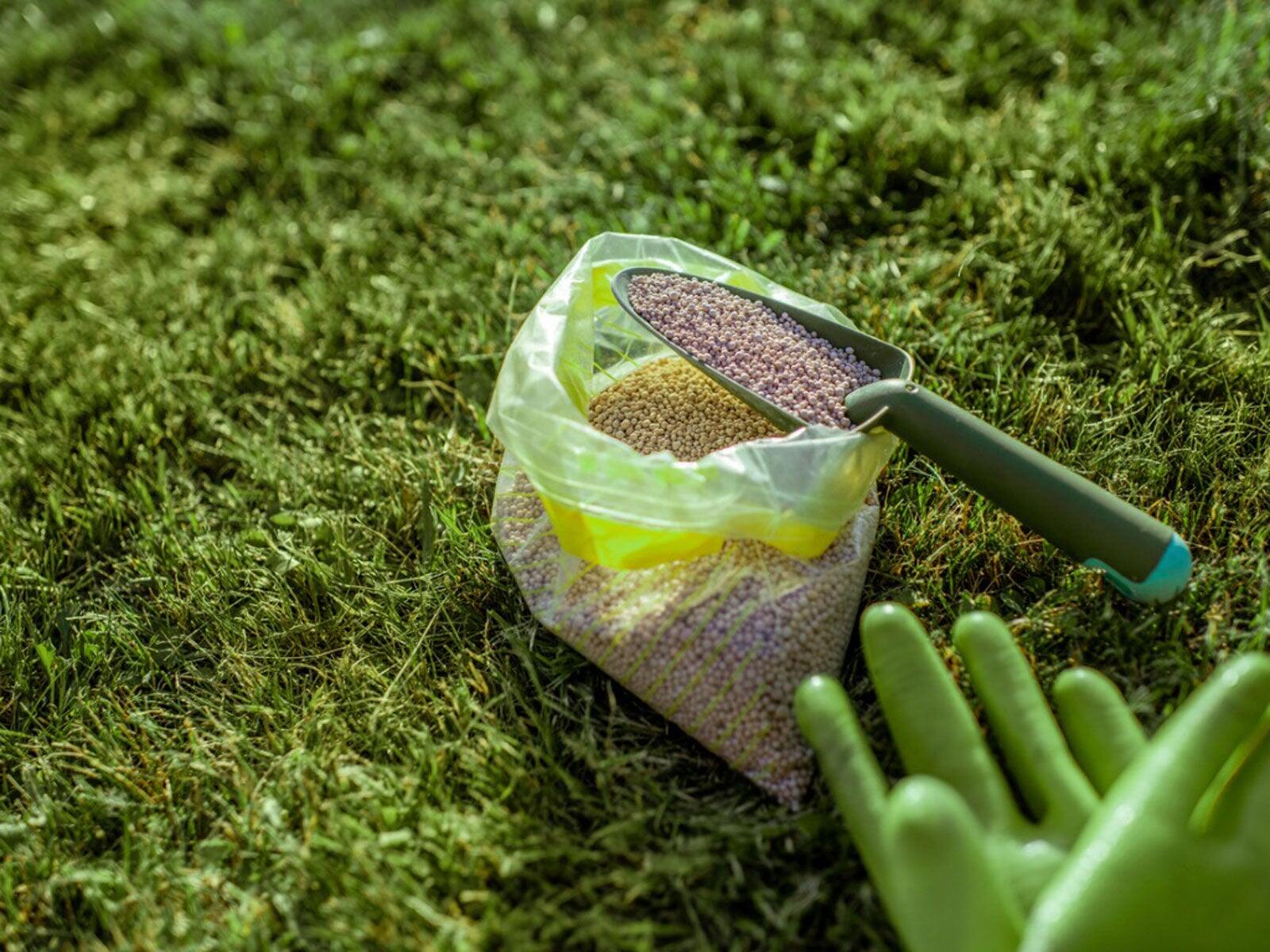

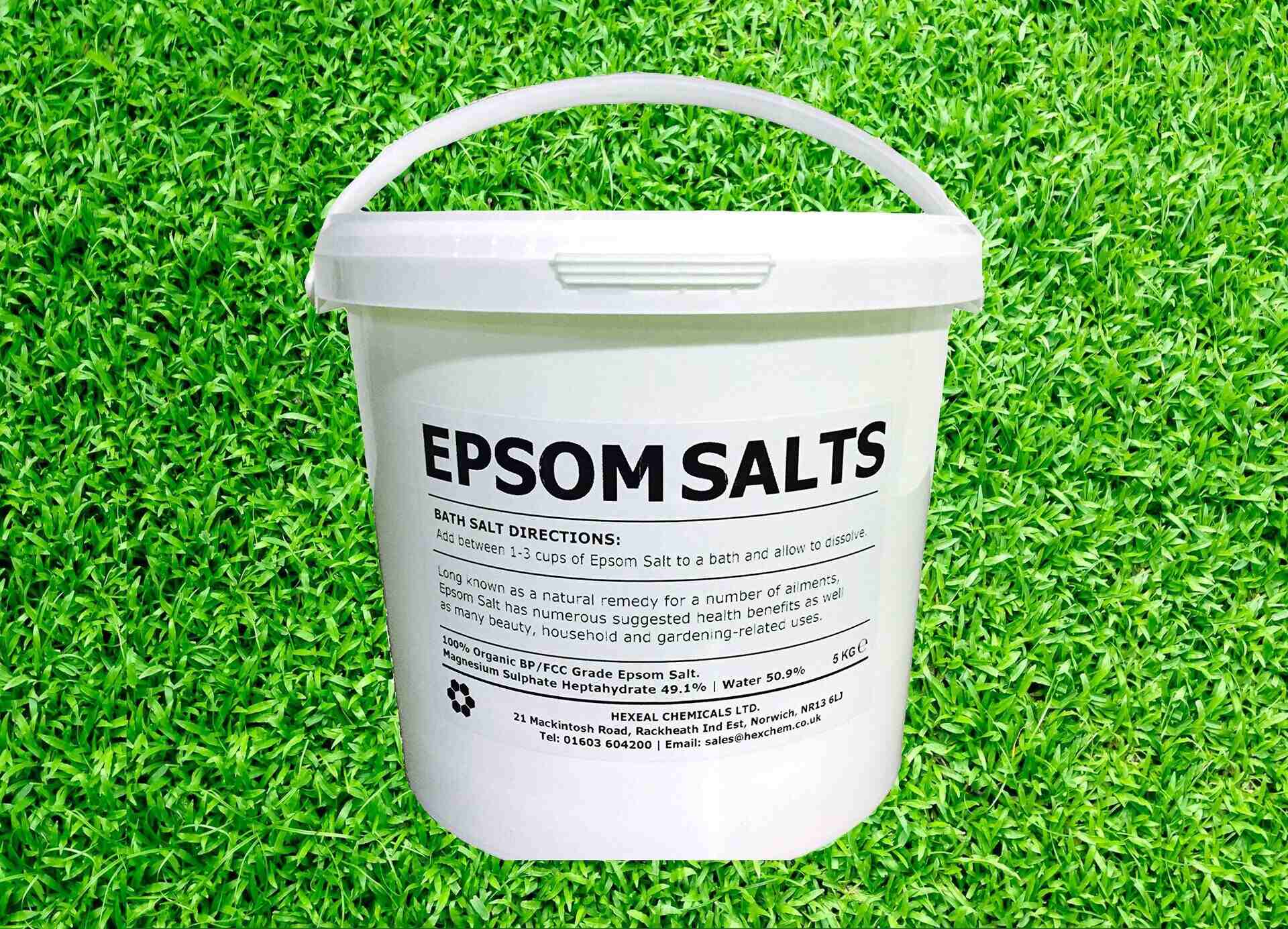

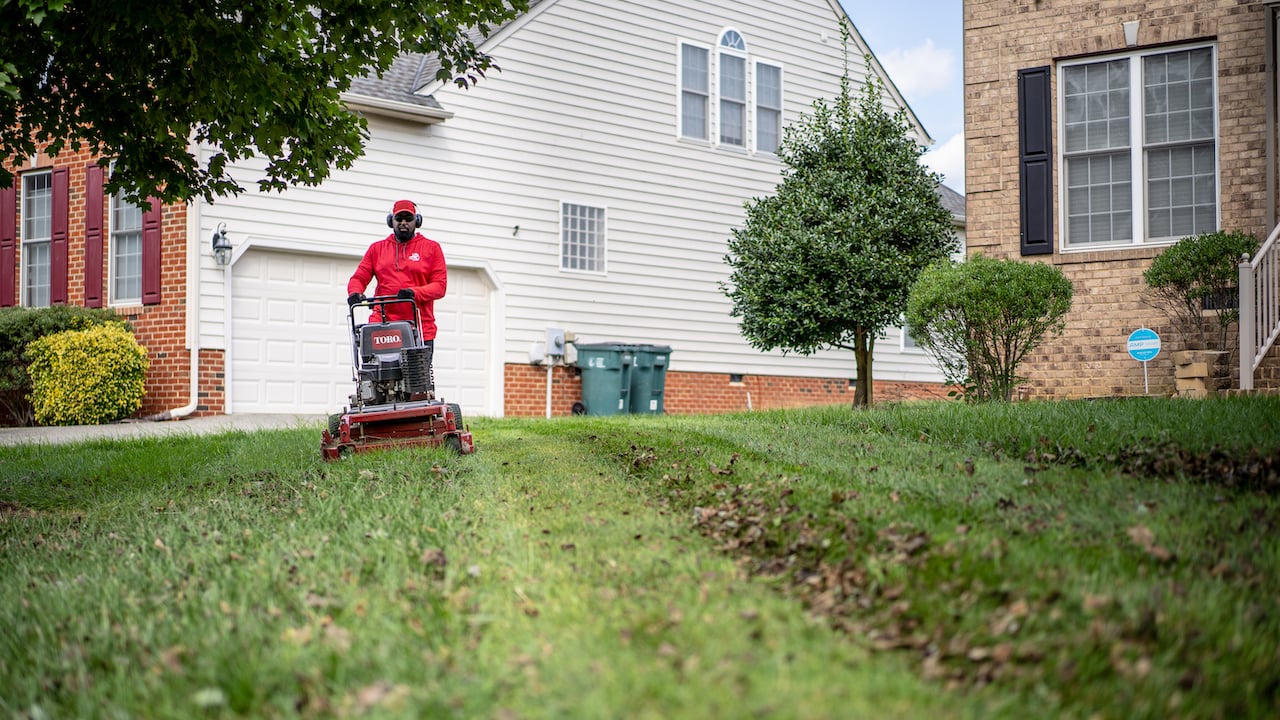
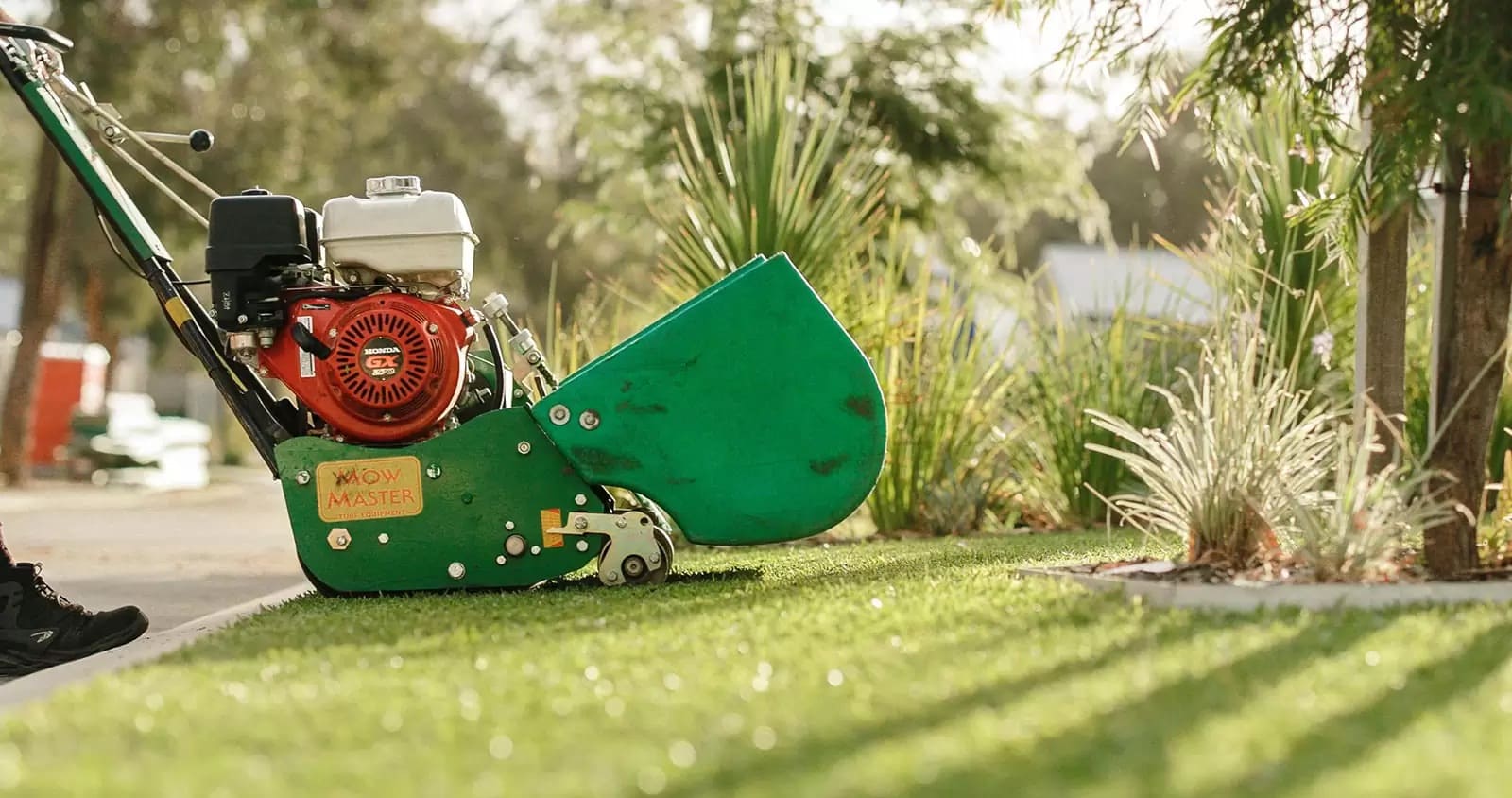


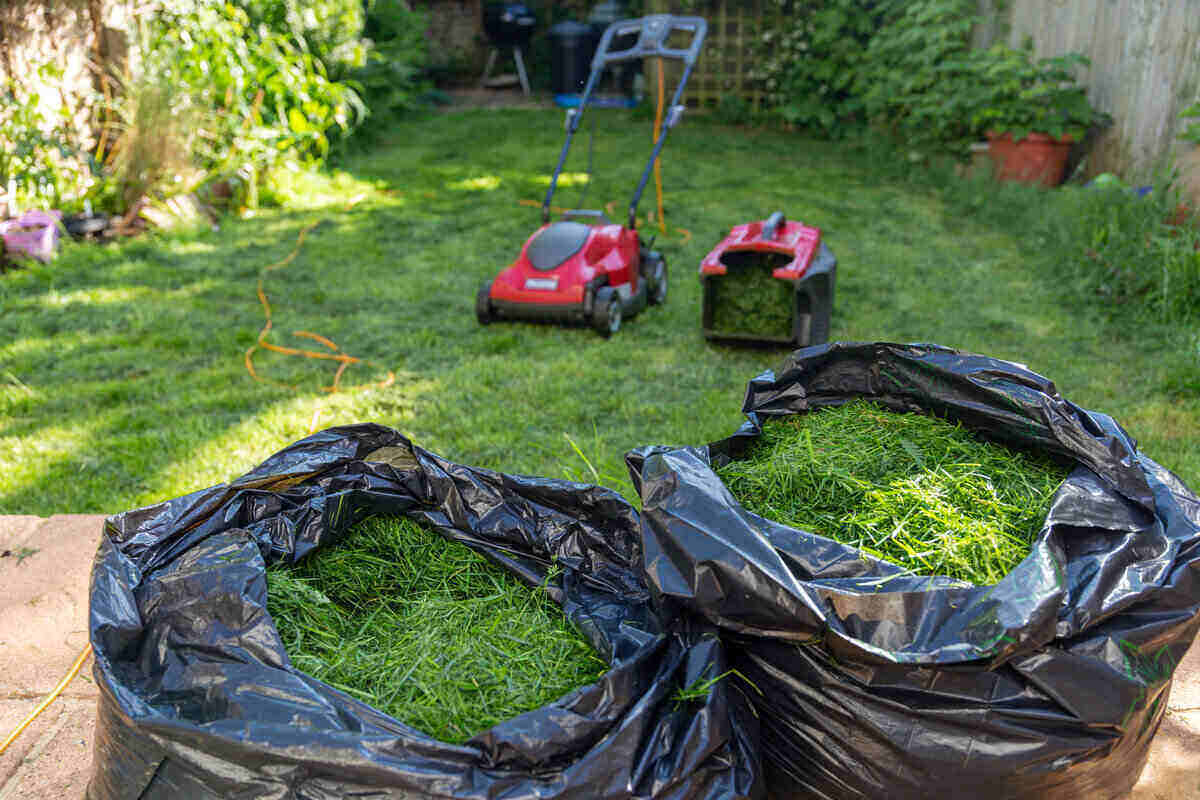
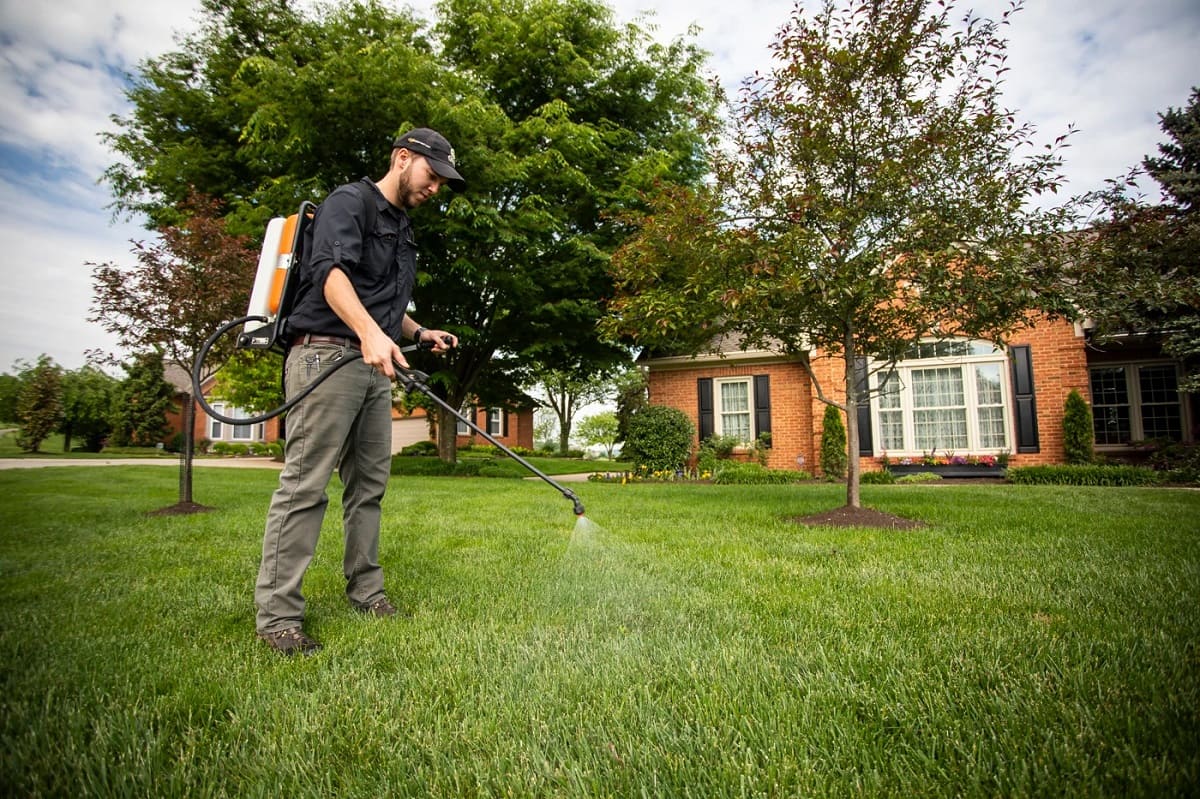

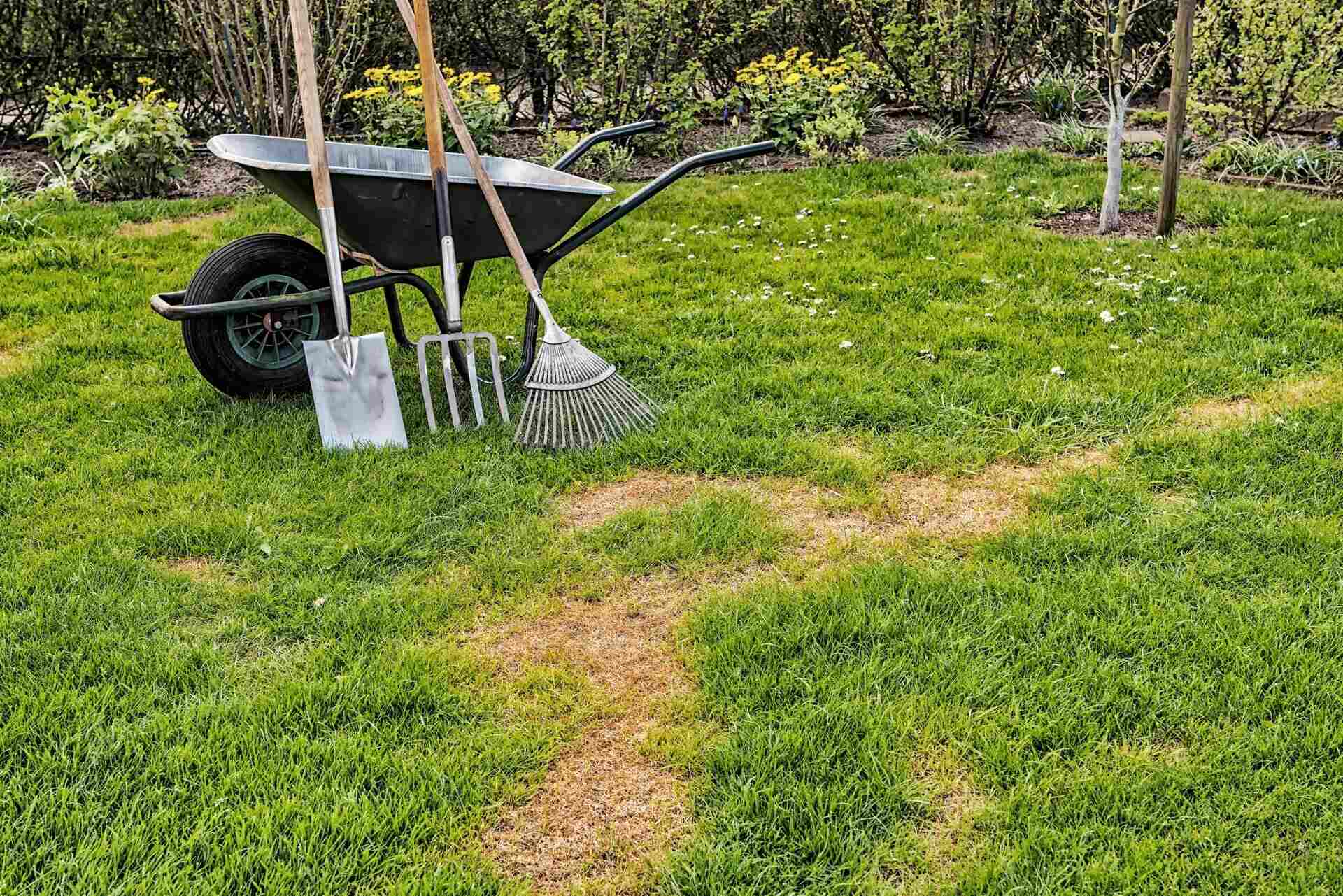


0 thoughts on “What Does Gypsum Do For Lawns”